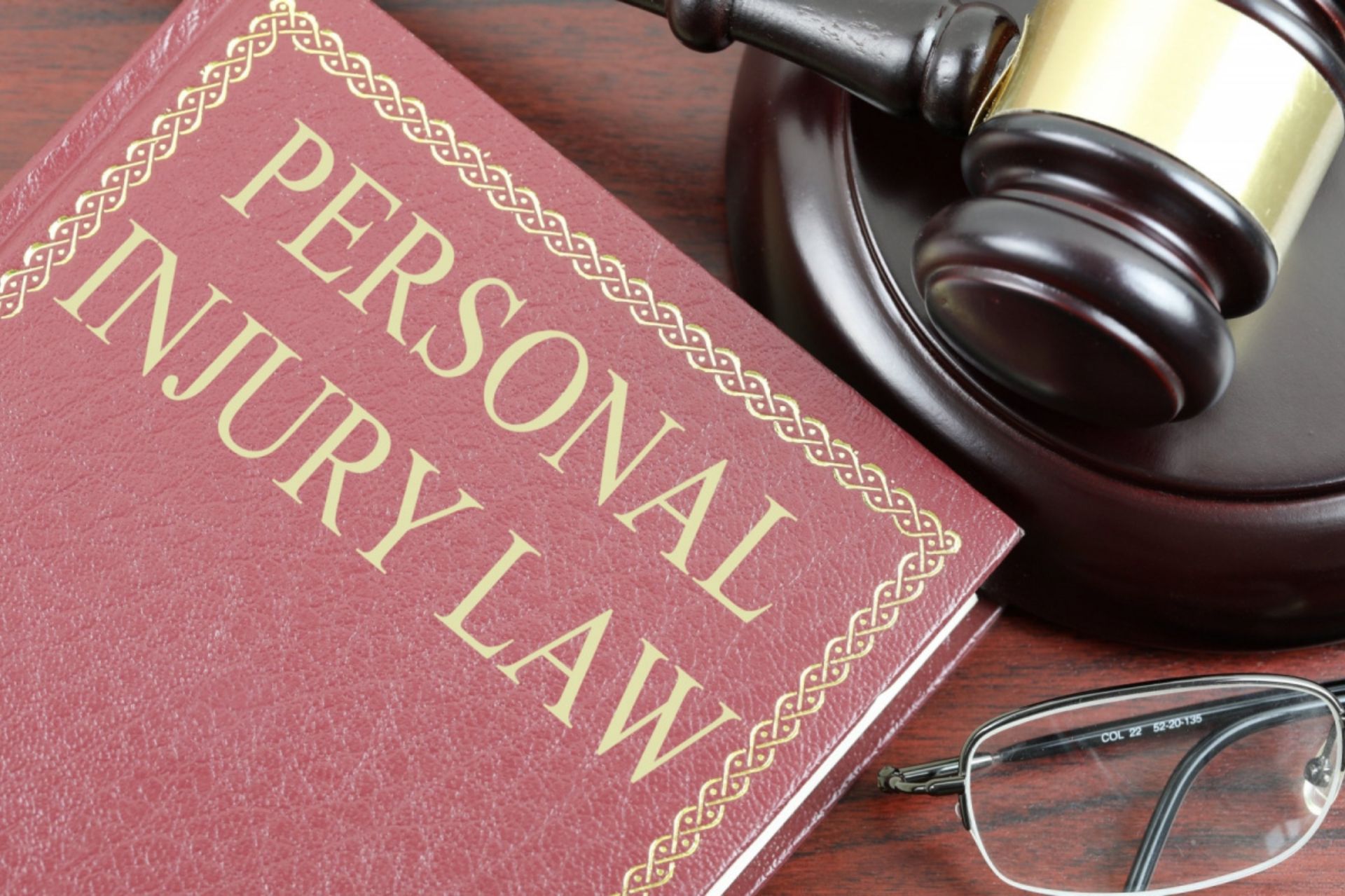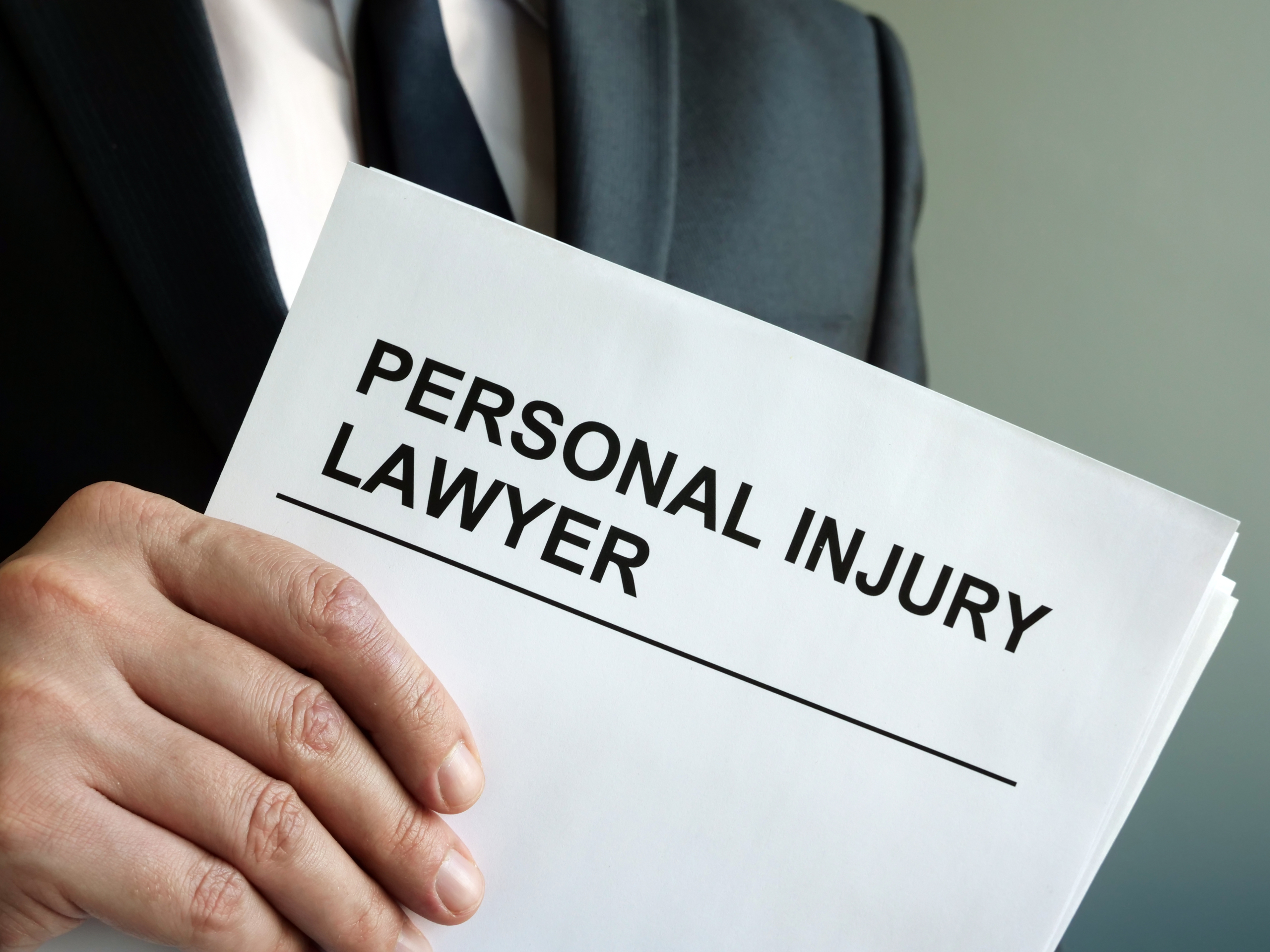Personal injury cases are complex areas of law that deal with the harm one person’s negligence causes to another. A pivotal element in these cases is establishing causation — proving that the defendant’s action or inaction directly led to the plaintiff’s injury.
Proving causation can be difficult. The victim should present proper evidence to prove causation. This is why it is important to hire a lawyer to handle the case. This blog post intends to explain the concept of intervening and superseding causes in personal injury cases. If you have other questions about personal injury law, visit trusted websites like www.wyattlawfirm.com
Intervening Causes
Intervening causes refer to any events or actions after the defendant’s negligence contributed to the plaintiff’s injury. These may include medical treatment, a separate accident, or even the plaintiff’s actions.
The critical question regarding intervening causes is whether they break the chain of causation between the defendant’s negligence and the plaintiff’s injury. If the intervening cause was foreseeable, it may not absolve the defendant of liability.
For example, if a person is involved in a car accident due to another driver’s negligence and is taken to the hospital for treatment but then suffers an infection or further injuries due to medical negligence, the original driver may still be liable for the initial accident. The medical treatment was foreseeable and did not break the chain of causation.
On the other hand, if a person is hit by a car while crossing the street and then later suffers an unrelated heart attack, it may be considered an intervening cause that breaks the chain of causation.
Superseding Causes
The concept of superseding causes goes a step further than intervening causes. A superseding cause is an unforeseeable event or action that completely breaks the chain of causation and relieves the defendant of liability.
For example, if a person is involved in a car accident due to another driver’s negligence but then decides to drive recklessly while still injured, resulting in a second accident, this may be considered a superseding cause. The defendant would not be held liable for the injuries caused by the second accident because it was unforeseeable and broke the chain of causation.
The Role of Proximate Cause
In personal injury cases, proximate cause is the legal causation that directly leads to an injury without intervening or superseding causes. It is essential in proving liability and is often determined based on foreseeability.
If the plaintiff’s injury was a direct and foreseeable result of the defendant’s negligence, then proximate cause is established. However, intervening or superseding causes present can complicate the determination of the proximate cause and ultimately affect the case outcome.
Seeking Legal Help
Navigating personal injury cases can be complex and challenging, especially when establishing causation. That is why it is crucial to seek the help of an experienced personal injury lawyer.
An experienced attorney can help assess all factors involved in a case, including intervening and superseding causes, and can fight for your rights to compensation for your injuries. So be sure to seek legal help after sustaining an injury.
Seek Help!
Dealing with personal injury cases can be an uphill task, with many factors coming into play when determining causation. Intervening and superseding causes are two essential concepts that plaintiffs and defendants must carefully consider in these cases.
Seeking the help of a knowledgeable and experienced personal injury lawyer can greatly increase the chances of a successful outcome in these cases. Don’t hesitate to seek legal help if you or a loved one have been injured due to someone else’s negligence.
It is your right to seek compensation for your injuries; an attorney can help you fight for it.




